
Welcome To Patkai
Travels

Welcome To Patkai
Travels
Kaziranga National Park
Attractions - Close look at Rhino, Swamp deer etc. on 'Elephant Safari' every morning. Sighting variety of wildlife by 'Jeep Safari', thousands of local and migratory birds flocking in wetlands and the scenic beauty of Karbi Anglong Hills.
Significance: Largest undivided representative area of Brahmaputra valley flood plain grassland, complex eco-system of grassland, where various stages of biotic succession in
What you expect to see
:
Mammals : The Park is the abode to more than 70%
of One Horned Rhinoceros in the world. Highest density of tigers'
prey including the large prey biomass of tiger found in the
country. Harbours more than 60% of India's wild buffalo population
along with the only population of the Eastern Swamp deer and seven
species of turtles and tortoises. The other important wildlife
found are - Leopard, Fishing Cat, other Lesser cats, Large
Indian
Civet, Small Indian Civet, Sambar, Barking deer,
Hog deer, Gaur, Hog Badger, Hoolock Gibbon, Capped Langur, Assamese
Macaque, Rhesus Macaque, Sloth Bear, Gangetic Dolphin and Otter
etc.
Census figures of Big Five are - One horned Rhino-1855 (2006), Swamp Deer -468 (2000), Wild Buffalo- 1431 (2001), Tiger-85 (2000), Elephant-1246(2005).
Birds: Home to 25 Globally Threatened and 21
Near Threatened species of birds. So
far
480 bird species have been identified and
recorded in the Park. The Baza, Bengal Florican, Hornbills, Osprey
etc. are the endangered species. Presence of Pelicans and various
waterfowls both resident and migratory
etc.
Aquatic Flora & Fauna- More than 150 perennial water bodies are located inside the Park, where water level fluctuates temporally resulting in the generation of a very rich aquatic floral diversity. More than 32 species of flora have so far been identified. More than 60 species of fishes have been recorded and is the breeding ground of many of the local species.
Best season for visit - November to April.
|
Manas National Park |
Located in the Himalayan foothill bhabararea in the western Assam, Manas was originally a game reserve since 1928 and became a Tiger Reserve in 1974, a World Heritage Site in 1985, a Biosphere Reserve in 1989. Then declared as a National Park in 1990 with an area of 500 sq. kms. and also the core area of 2600 sq. kms. of Chirang Ripu Elephant Reserve. The park harbours more than 20 endangered species and is famous for its unique scenic beauty. It is also an Important Bird Area. White Winged Wood Duck was recently recorded in the Park.
What you expect to see :
Mammals: Rhino, Elephant, Tiger, Pygmy hog, Hispid hare, Golden langur, Assamese Macaque, Rhesus Macaque, Leopard, Golden Cat, Clouded leopard, Fishing cat, Leopard cat, Jungle Cat, the Large Indian civet, the Small Indian civet, Common palm civet or Toddy cat, Himalaya palm civet, Binturong, Common mongoose, Small Indian mongoose, Himalayan black bear, Sloth bear, Gaur, Water buffalo, Sambar, Hog deer, Barking deer, Swamp deer, Wild pigs etc.
Best season for visit : November to April.
Dibru-Saikhowa National Park
It is a National Park as well as a Biosphere Reserve having an area of 340 sq. kms. in Tinsukia district.
An unique habitat endemic to Dibru-Saikhowa only, a habitat which has undergone radical transformation after the great earthquake of 1950. The migratory birds are a major attraction.
What you expect to see :
Mammals : 36 species of mammals have so far been recorded - Tiger, Elephant, Leopard, Jungle Cat, Bears, Small Indian Civet, Squirrels, Gangetic Dolphin, Slow Loris, Assamese Macague, Rhesus Macaque, Capped Langur, Hoolock Gibbon, Wild Pigs, Sambar, Barking Deer, Water Buffalo, Feral Horses etc.
Birds : It is an identified Important Bird Area (IBA) having more than 382 species of Birds, some of which are Greater Adjutant Stork, Lesser Adjutant Stork, Greater Crested Grebe. Large Cormorant, Open bill Stork, Black necked Stork, Large Whistling Teal. Grey leg Goose, Grey-headed Fishing Eagle, Griffon Vulture, Osprey, Crested Serpent Eagle, Spot Billed Pelican, White Winged Wood Duck, Baer's Pochard, Greater Spotted Eagle, Pale Capped Pigeon, Great Pied Hornbill, Marsh Babbler, Jerdon's Babbler, Black Breasted Parrot bill, etc. The Park is renowned for natural regeneration of Salix trees.
Best season for visit : November to April
|
Nameri National Park |
The Nameri National Park of 200 sq. kms. area is
located in the Sonitpur district, bordering Arunachal Pradesh and
it is also the core area of Nameri Tiger Reserve (344 Sq. km.). One
can enjoy rafting in the Jia Bhoroli river in the
south-western
boundary.
What you expect to see :
Mammals: Tiger, Leopard, Clouded Leopard, Elephant, Gaur, Wild Pigs, Sambar, Barking Deer, Hispid hare, Slow Loris, Capped Langur, Dhole, Sloth Bear,Burmese ferret Badger, Binturong etc.
Birds : White Winged Wood duck, Palla's fish-eagle, Lesser Adjutant Stork, Greater spotted Eagle, White ramped vulture, Long billed vulture, Black bellied Tern, Rufous-necked Hornbill, Wreathed Hornbill, Great Pied Hornbill etc.
Reptiles: Assam Roofed Turtle, Indian Soft Shell Turtle, Indian Flap Shell Turtle, Keeled Box Turtle, South East Asian Leaf Turtle, Common Blind Snake, Myanmarese Python, Indian Cobra, King Cobra, Pit Viper, Monitor Lizard.
Best season for visit : November to April.
|
Rajiv Gandhi Orang National Park |
The oldest game reserve of the State just
on the northern bank of river Brahmaputra with an area of 78.80 sq.
kms. and an important breeding ground for varieties of
Fishes.
What you expect to see
:
Mammal: Rhinoceros, Tiger, Maljuria Elephants
(male elephants in group,), Hog
Deer, Wild Pig, Civet Cat, Porcupine and
Gangetic Dolphin.
Birds : 222 species of Birds have so far been recorded, some of which are Spot Billed Pelican, White Pelican, Greater Adjutant Stork, Lesser Adjutant Stork, Brahminy Duck, Pintail Duck, Bengal Florican(2nd.highest concentration) etc.
Reptiles : Indian Rock Python, Black Krait, King Cobra, Cobra, Monitor Lizard.
Turtles : Seven species of Turtle and Tortoise.
Best season for visit: November to April.
|
Garampani Wildlife Sanctuary |
One of the oldest Sanctuary containing Hot water spring and Waterfalls and surrounded by Nambor Sanctuary having 51 rare species of Orchid.
What you expect to see :
Mammals : Tiger, Elephant, Gaur, Bear,
Sambar, Barking deer, Rhesus macaque,
Hoolock gibbon, Wild pig etc.
Birds : The Great pied Hornbill, Hill myna
etc.
Reptiles : Python, Cobra, Monitor
lizards.
Best season for visit: November to April
|
Laokhowa Wildlife Sanctuary |
The Sanctuary is located on the southern bank of river Brahmaputra with an area of 70.13 sq. kms. in the district of Nagaon and is a part of Laokhowa -Burachapori eco-system. An idea! habitat for Rhinoceros and Wild Buffalo.
What you expect to see
:
Mammals : Elephant, Wild buffalo, Hog deer,
Barking deer, Tiger, Leopard cat, Fishing cat, Civets, Lesser cat,
Wild pig etc. Birds : About 225 species of birds recorded so
far.
Fishes : Breeding ground for about 39 species of fishes. Amphibians : The water bodies provide excellent living condition for the amphibians and 9 species of them have so far been recorded.
Reptiles : 14 species of reptiles have been recorded in the Sanctuary.
Best time for visit:November to March
|
Bornadi Wildlife Sanctuary |
A Sanctuary of only 26.22 sq. kms. area, situated on the foothills of Himalaya bordering Bhutan in the north, is an ideal bhabar tract. The Sanctuary was constituted especially for the protection and conservation of Hispid Hare and Pigmy Hog.
What you expect to see :
Mammals : Elephant, Gaur, Tiger, Leopard, Small Indian Civet, Jungle Cat, Chinese Pangolin, Porcupine, Himalayan Black Bear, Barking Deer, Pigmy Hog, Wild Pig, Hispid Hare.
Birds : Peafowl, Hornbill, Swamp partridge, Bengal florican etc.
Best Season for visit: November to April.
|
|
||
|
With an area of 45.50 sq. kms., Chakrasila Wildlife Sanctuary is located in the Dhubri district in the western Assam and is the second home of Golden Langur off the foothills of Himalaya. What you expect to see : Mammals & Birds : Golden Langur, Rhesus Macaque, Leopard etc. There are also 273 species of Birds, 11 species of Reptiles, 14 species of Amphibians and 60 species of Fishes have been recorded so far.
Best season for visit: November to April.
Burachapori Wildlife Sanctuary Located on the southern bank of river Brahmaputra in the Sonitpur district with I an area of 44.06 sq. kms. The Sanctuary is a part of Laokhowa - Burachapori , eco-system andcomprises of a mosaic of wet alluvial grassland, riparian and semi-evergreen forests dotted by wetland and river system. What you expect to see : Mammals: Tiger, Leopard, Wild Buffalo, Hog Deer, Wiid Pigs etc. and occasional visit of herd of Elephants. Birds : Bengal Florican, Swamp partridge(fancolin), Wood Cock, Water Hen, Parakeets etc. Best season for visit : November to March. |
||
Hollongapar Gibbon Wildlife Sanctuary
A small Sanctuary of 20.98 sq. kms. in Jorhat district with semi-evergreen forests and evergreen patches amidst tea gardens and human settlements. The Sanctuary is named after the only Ape (Hoolock Gibbon) found in India.
What you expect to see :
Mammals : Elephant, Leopard, Tiger, Pangolin, Assamese macaque, Pig tailed macaque, Rhesus macaque, Stump tailed macaque, Capped langur, Slow loris, Jungle cat, Indian civet, Giant squirrel, Barking deer, Sambar, Wild pig, Squirrels.
Birds : Indian Pied Horn Bill, Osprey, Hill Myna, Kalij pheasant etc.
Reptiles : Indian Python, Common Monitor Lizard,
Indian Tent Turtle, Indian
Cobra.
Best season for visit: Throughout the year but best during June to July & February to March
|
Pobitora Wildlife Sanctuary |
The Sanctuary harbours the world's highest density of One horned Rhinoceros, located in Morigaon district, but close to Guwahati City. The habitat comprises of Assam alluvial grassland with hilly forests for an area of 38.81 sq. kms. This is also an Important Bird Area.
What you expect to see :
Mammals: A total of 81 Rhinoceros were sighted during the estimation in April, 2006. Other mammals found are Leopard, Leopard cat, Fishing cat, Jungle cat, feral Buffalo, Wild pigs, Chinese pangolins etc.
Birds: Altogether 375 species of both migratory and resident birds of 46 families have been recorded so far, with 14 listed in the Indian Red Data Book.
Fishes : An important breeding ground for a variety of fishes.
Amphibians : 9 species of amphibians have been
recorded.
Reptiles : 27 species of reptiles have been recorded in the Sanctuary.
Visitor facilities - Elephant ride & Jeep Safari facilities are available. Suitable site for bird watching with guaranteed Rhino sighting. Picnic site near Garanga Beel.
Best time for visit: November to March.
|
Sonai Rupai Wildlife Sanctuary |
The Sanctuary is located in the foothills of Himalaya in the Sonitpur district with an area of 220 sc|. kms. and offers views of both scenic beauty and wildlife.
What you expect to see :
Mammals: Tiger, Lesser Cats, Elephant, Qaur, Wild Boar, Hog Deer, Barking Deer.
Birds : White Winged Wood Duck, Hornbill, Pelican etc.
Reptiles : Python, Russell's Viper etc.
Best season for visit - November to April.
|
Bherjan-Borajan-Padumoni Wildlife Sanctuary |
The Sanctuary with 3 separate blocks is located in Tinsukia district and is an ideal habitat for the Primate species.
What you expect to see :
Mammals : Some of the mammals found in the Sanctuary are Slow Loris, Assamese Macaque, Pig tailed Macaque, Rhesus Macaque, Capped Langur and Hoc-lock Gibbon, besides few Leopards, Wild Pigs and Giant Flying Squirrel etc.
Birds: 84 species of birds have been found
including Osprey, Kingfisher, Indian
Pied Hornbill, Lmeated Barbet, Woodpecker,
Drongo, Common Mynah, Bulbul,
Magpie Robin, Wagtail and varieties of woodland birds.
Best season for visit:October to April.
|
East Karbi Anglong Wildlife Sanctuary |
East Karbi Anglong Wildlife Sanctuary, with 221.81 sq. kms. is an important component of the Karbi Anglong-Kaziranga landscape, rich in both floral & faunal diversity and is located in the Karbi Anglong Autonomous District Council.
What you expect to see :
Mammals : Tiger, Elephant, Gaur, Sambar, Bears, Barking deer, Rhesus macaque, Hoolock gibbon, Wild pigs, Lesser cats etc.
Birds : High diversity of woodland birds.
Reptiles & Amphibians: Python, Cobra, Monitor lizards, Hill tortoise etc.
Best season for visit:November to April
|
Nambor Wildlife Sanctuary |
Nambor Wildlife Sanctuary, spreading 37 sq. kms. contiguous to Garampani WLS is located in Karbi Anglong Autonomous District Council. It harbours 51 rare species of Orchid.
What you expect to see :
Mammals : Tiger, Elephant, Gaur, Bears, Sambar, Barking deer, Rhesus macaque, Hoolock gibbon, Wild pig etc.
Birds : Rich in terrestrial woodland birds.
Reptiles : Python, Cobra, Monitor lizards.
Best season for visit: November to April
|
Marat Longri Wildlife Sanctuary |
Marat Longri Wildlife Sanctuary, spreading 451.00 sq. kms. is located in Karbi Anglong Autonomous District Council. It is an important component of Dhansiri- Lungding Elephant Reserve.
What you expect to see
:
Mammals: Elephant, Tiger, Leopard, Lesser
Cat, Barking Deer, Wild Pig,
Porcupine,
Slow Loris, Pangolin
etc.
Birds: High diversity of hilly and woodland birds.
Reptiles: Banded Krait, Rock Python, Monitor Lizard, Hill Tortoise etc.
Best season for visit :November to March.
|
Nambor –Doigrung Wildlife Sanctuary |
Nambor - Doigrung Wildlife Sanctuary, spreading in 97.15 sq. kms. in 3 blocks, is located in Golaghat district and is famous for Hot water springs and one can easily sight Gaur and Hoolock Gibbon here.
What you expect to see :
Mammals : Elephant, Hoolock Gibbon, Stumped Tailed Macaque, Pig Tailed Macaque, Slow Loris, Assamese Macaque, Rhesus Macaque, Tiger, Leopard, Fishing Cat, Barking Deer, Sambar, Wild Pigs, Gaur etc.
Birds : White Winged Wood Duck, Great Pied Hornbill, Wreathed Hornbill. Adjutant Stork etc.
Amphibians & Reptiles : Tortoise, Monitor Lizard, Python etc.
Best season for visit:October to March
|
Amchang Wildlife Sanctuary |
The Sanctuary spreading in an area of 78.64 sq. kms. is located in the eastern fringe of Guwahati city.
What you expect to see :
Mammals: Chinese pangolin, Flying fox, Slow loris, Assamese macaque, Rhesus macaque, Capped langur, Hoolock gibbon, Jungle cat, Leopard cat, Leopard, Elephant, Wild pig, Sambar, Barking deer, Gaur, Porcupine etc.
Birds: Lesser Adjutant stork, Greater Adjutant stork, White-backed Vulture, Slender-billed Vulture, Khaleej Pheasant, Green Imperial Pigeon, Lesser Pied Hornbill etc.
Reptiles : Python, Monitor Lizard, Indian Cobra etc.
Best time for visit :October to April
|
Dehing Patkai Wildlife Santuary |
The Sanctuary with an area of 111.19 Sq. Kms. is located in Dibrugarh and Tinsukia districts and is famous for Assam Valley Tropical Wet Evergreen Forests bordering Arunachal Pradesh. The Sanctuary is a part of the Dehing-Patkai Elephant Reserve having the World War II cemeteries nearby, along with the Stiltwell Road and the oldest refinery of Asia in Digboi and 'open cast' coal mining at Lido.
What you expect to see:
Mammals : Chinese pangolin, Flying fox, Slow loris, Stump-tailed macaque, Assamese macaque, Rhesus macaque, Capped langur, Hoolock gibbon, Himalayan black bear, Hog -badger, Jungle cat, Leopard cat, Fishing cat, Marbled cat, Clouded leopard, Leopard, Tiger, Wild pig, Sambar, Barking deer, Gaur, Serow, Malayan giant squirrels, Porcupine, Pig-tailed macaque etc.
Birds: Lesser Adjutant Stork, White Winged Wood Duck, White-backed Vulture, Slender-billed Vulture, White cheeked Hill Partridge, Khaleej Pheasant, Grey Peacock-Pheasant, Rufus necked Hornbill, Wreathed Hornbill, Great Pied Hornbill, Beautiful Nuthatch, Black-browed Leaf Wabler, Green Imperial Pigeon, Purple wood or Pale capped Pigeon etc.
Reptiles: Rock python, King cobra, Asian leaf turtle, Monitor Lizard etc.
Best season for visit: September to March
|
Borail Wildlife Sanctuary |
Borail Sanctuary covers an area of 326.24 sq. kms. and comprises of Cachar Tropical Moist Evergreen and Semi-Evergreen Forests.
What you expect to see :
Mammals : Chinese pangolin, Flying fotf, Slow loris, Stump-tailed macaque, Assamese macaque, Rhesus macaque, Capped langur, Hoolock gibbon,Himalayan black bear, Yellow-throated marten, Hog -badger, Jungle cat, Leopard cat, Fishing cat, Marbled cat, Clouded leopard, Leopard, Wild pig, Sambar, Barking deer, Serow, Giant squirrel, Porcupine etc.
Birds: Lesser Adjutant Stork, White-backed Vulture, Slender-billed Vulture, White cheeked Hill Partridge, Mountain Bamboo partridge, Khaleej Pheasant, Grey Peacock-Pheasant, Rufus necked Hornbill, Wreathed Hornbill, Great Pied Hornbill etc.
Reptiles: Rock python, King cobra, Brown hill tortoise, Asian leaf turtle, Monitor Lizard etc.
Best season for visit: October to March

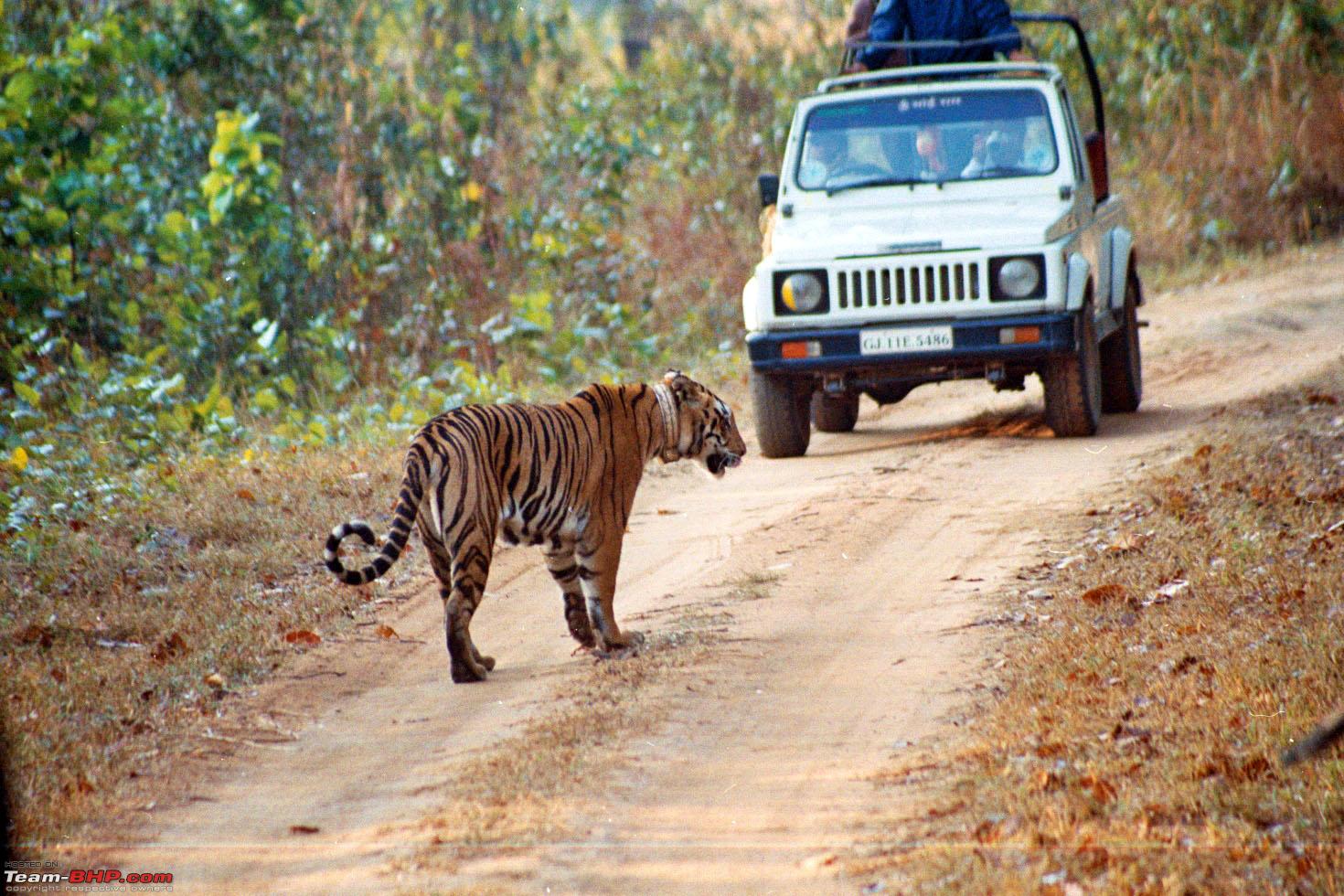
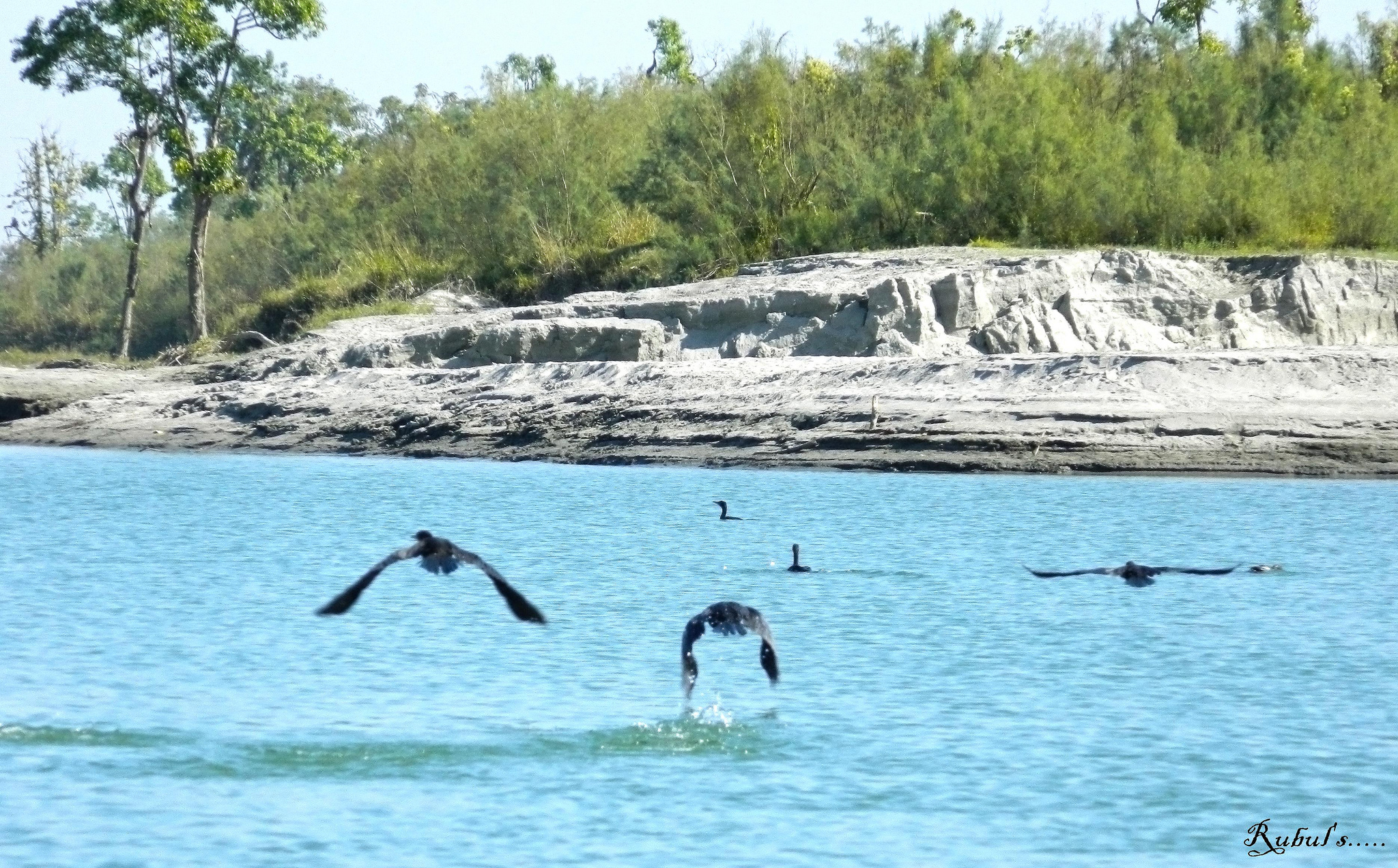

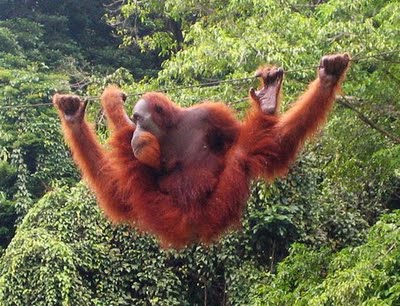
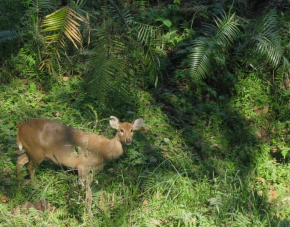



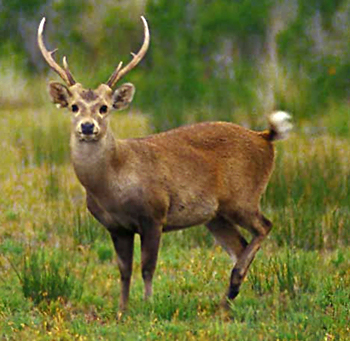
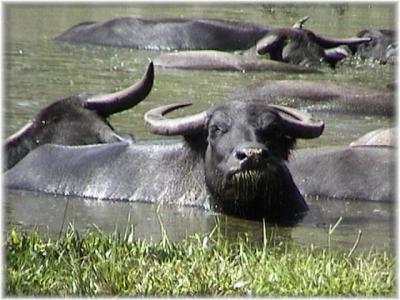
Call us: +91-98643-55015 email us: info@patkaitravels.in